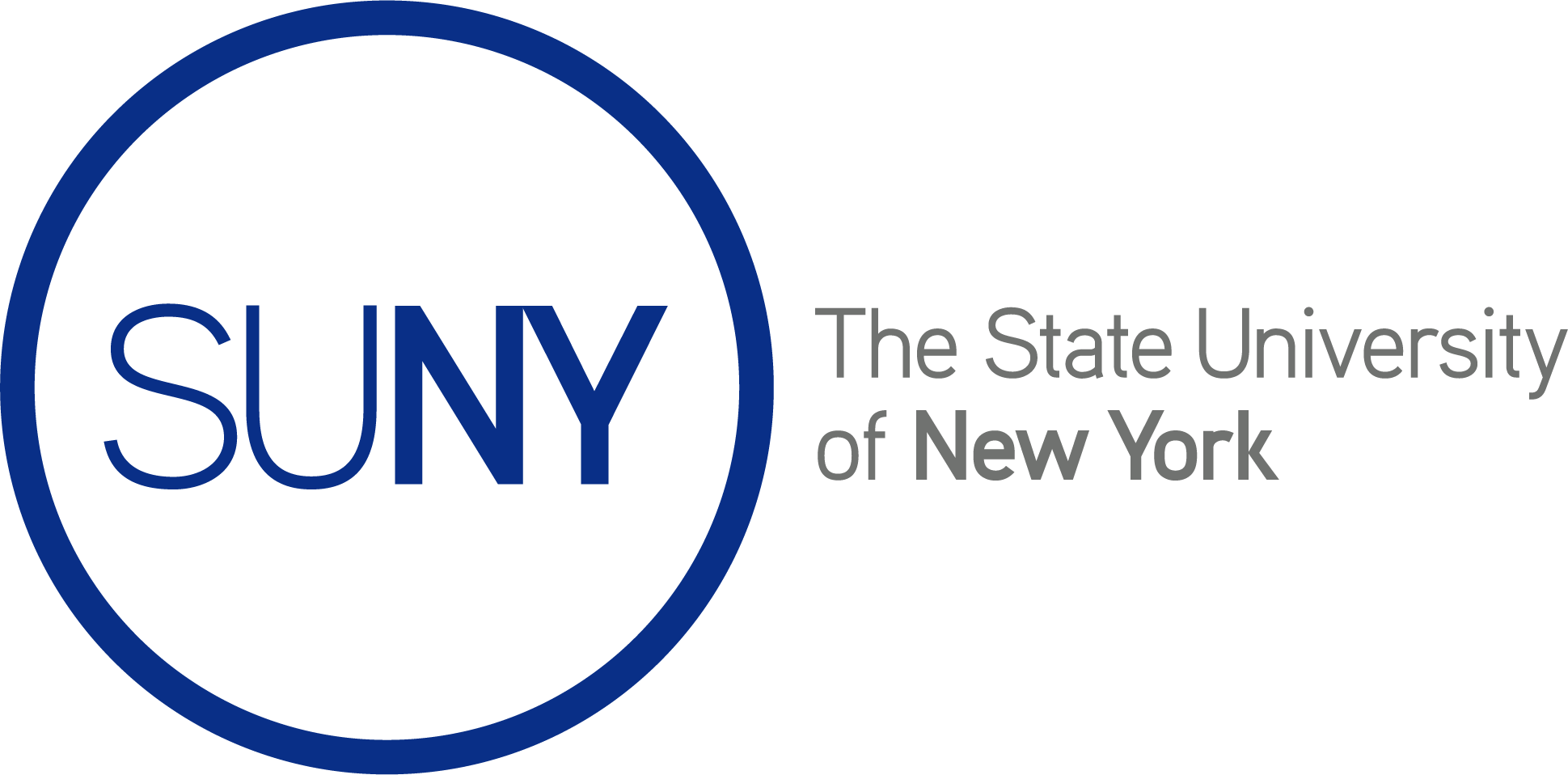
















This Firehouse located in Panama City, Panama has adapted to its current times to continue operating in a more sustainable way. We can see the green wall that is growing on the firehouse naturally, although it is maintained otherwise it gets out of control. We are also able to see the solar panels on the roof of the firehouse. This is how the firehouse gets its electricity and how they charge their electric fire trucks.




